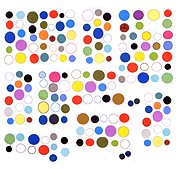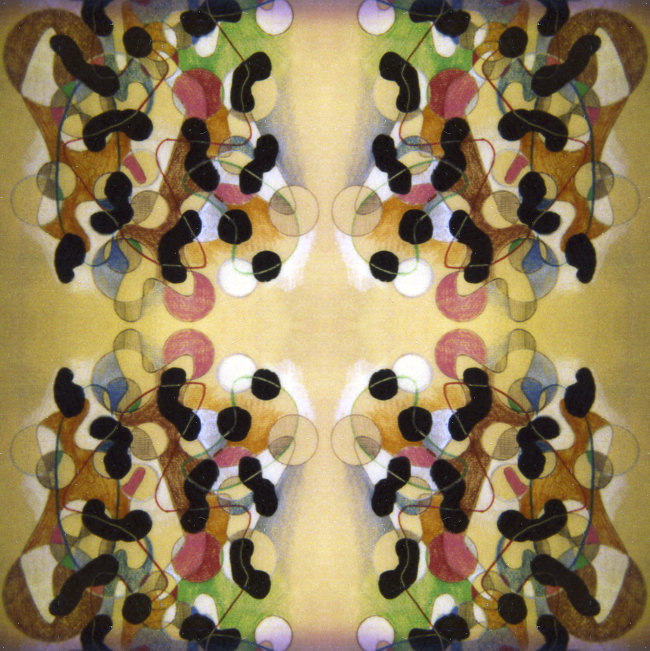I have two versions of Bach's Brandenburg Concerto No. 1, both I Musici performances. The tape, released sometime in the '80s or '90s, consists of a 1965 recording that was digitally remastered and then transferred to audiocassette, on the Philips label.
The vinyl features a later performance, from the mid-'80s, also by I Musici (including some but not all of the same musicians), also on Philips, also digitally mastered, before being pressed on vinyl.
Below are mp3 rips of the same section from the fourth movement, a passage for brass and woodwinds.
I much prefer the tape version! It's punchier and quirkier. The tempo is slightly faster, and the bassoon part (I assume it's a bassoon, might be oboe) is more prominent and percussive. The vinyl version emphasizes the horns over the reeds and feels more slurry and mushy, although still very professionally played.
Tape version, 1965 performance [2.5 MB .mp3]
Vinyl version, 1985 performance [2.6 MB .mp3]
It's tempting to say the 1965 performance is better than the 1985 performance, as in more spirited and distinctively rhythmic. It's hard to say, though, when there are so many electronic aspects to the comparison (recording, mastering, pressing, media type). Simple microphone placement can drastically change classical music. At the mastering stage, certain frequencies can be accentuated or diminished. The tape version has more hiss and the higher frequencies may be adding a "brighter" sound.


